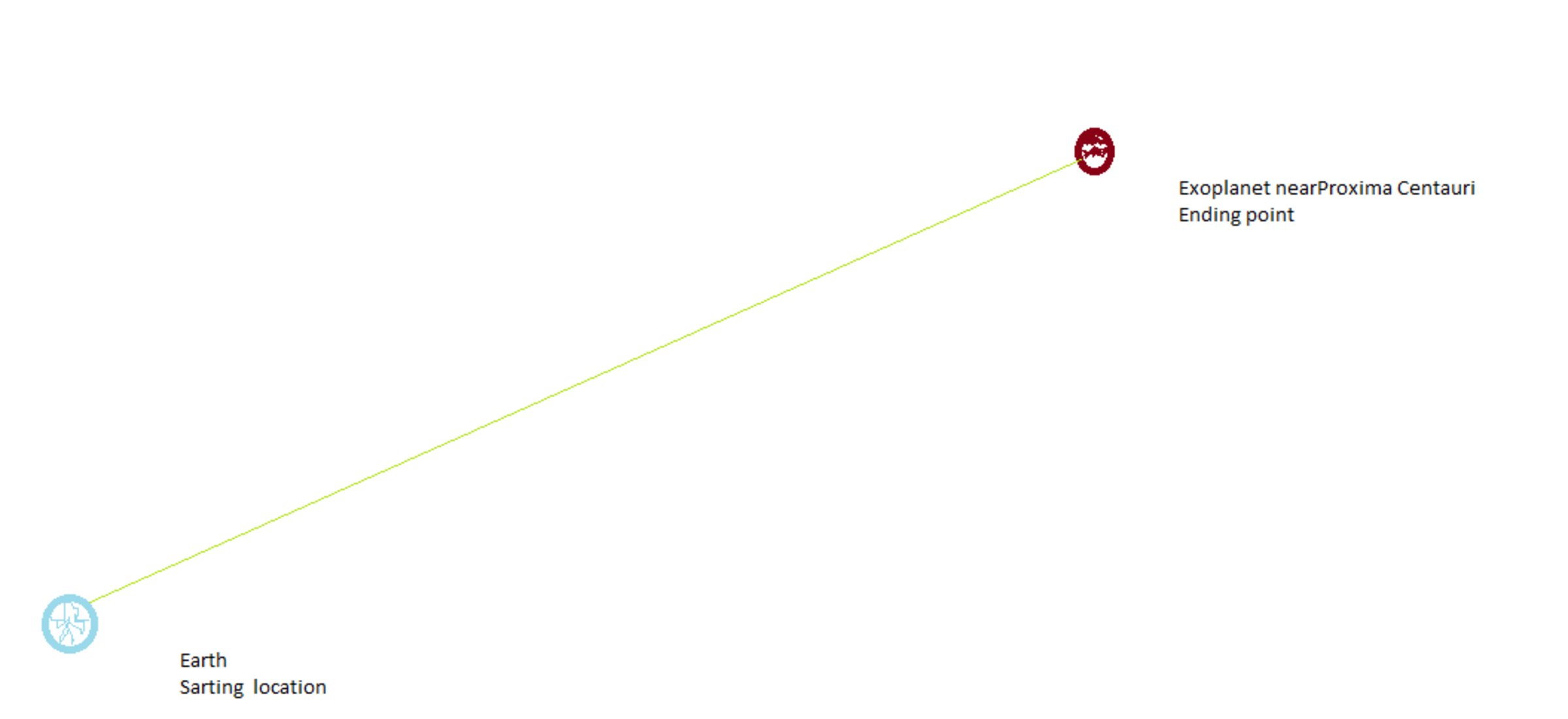Travel to nearest star

An interstellar trip is being planed in a Sci-fi movie. The trip will start from Earth and end at Proxima Centauri. The distance traveled will be approximately 4.25 light years. The space craft has the capability of maintaining a constant rate of acceleration or deacceleration over the entire trip. For the long-term heath and comfort of the crew the maximum acceptable acceleration rate will be strictly limited to 10 m/s^2. The trip will end as the space craft arrives in a low stable orbit around an exoplanet near Proxima Centauri.
What is the minimum time required for the space craft to complete the trip? Give your answer in days rounded down, i.e. floor value of the number of days required for the trip.
Details and assumptions
In the fictional movie universe. Newton’s laws remain valid; i.e. F= ma will hold true. Relativity theory does not apply. i.e. There are no relativity theory based relationships concerning mass, time, energy or velocities.
Maximum acceleration at any time throughout the trip =
Total distance traveled = 4.0 E+13 km The distance between the earth and the exoplanet does not change.
Initially the ship is orbiting Earth and ends the trip orbiting an exoplanet near Proxima Centauri. The initial and final velocities of the spaceship can be considered as negligible.
The answer is 1464.
This section requires Javascript.
You are seeing this because something didn't load right. We suggest you, (a) try
refreshing the page, (b) enabling javascript if it is disabled on your browser and,
finally, (c)
loading the
non-javascript version of this page
. We're sorry about the hassle.